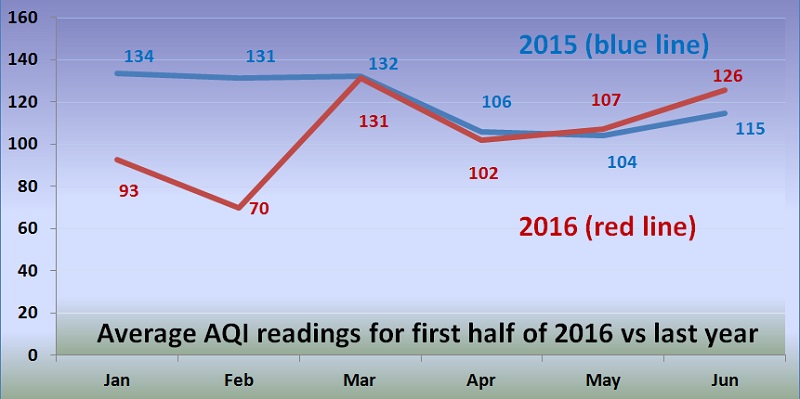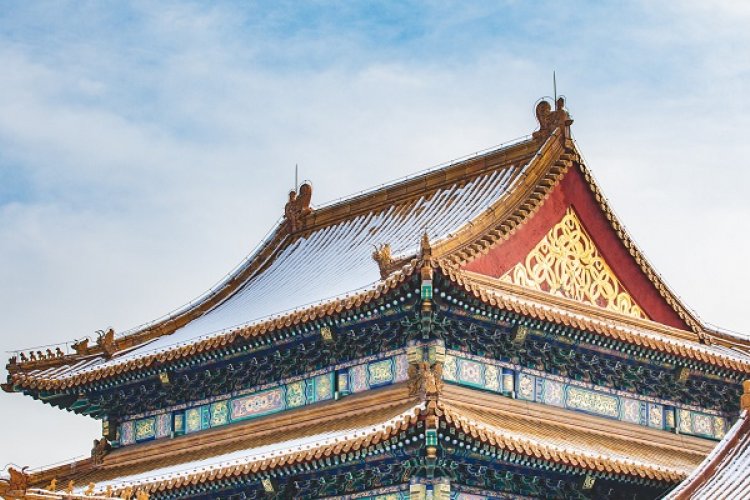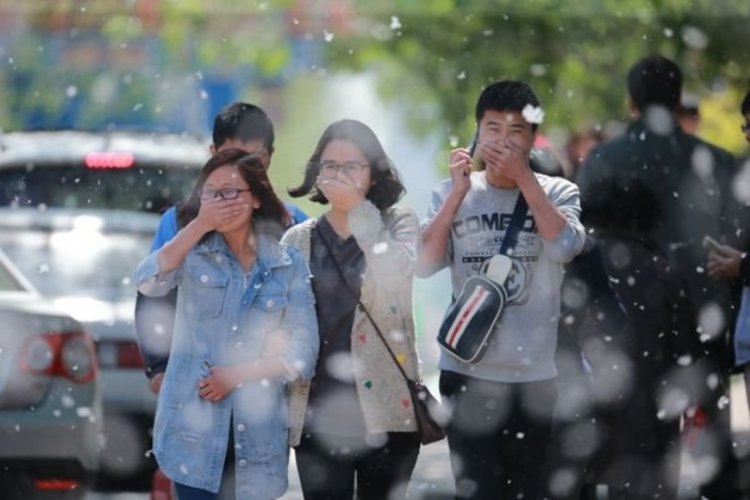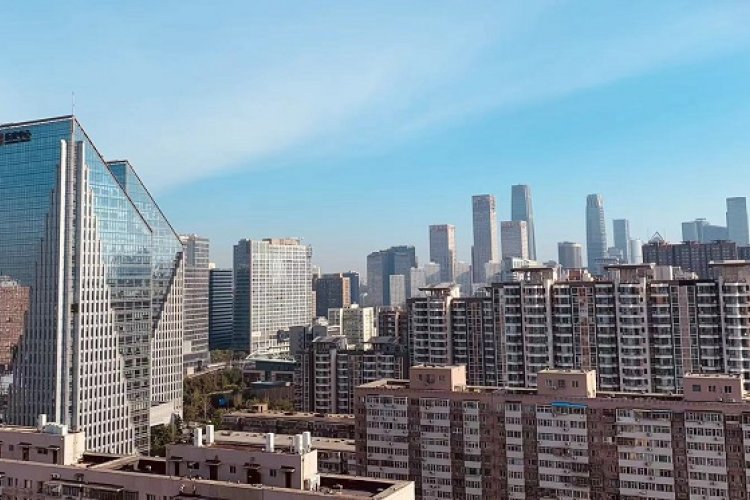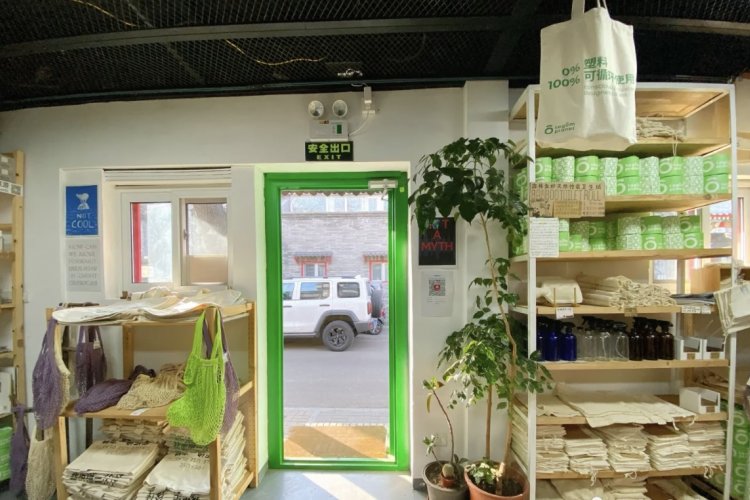Crank that Filter to 11: Beijing's AQI Goes From Good to Troubling in 2016's Second Quarter
What began as a promising year has plummeted into a dismal repeat of 2015.
Beijing's AQI levels were excellent this past January and even better in February, setting us off on a path to extreme air improvement – however, the past four months have been all but a wash, with May and June worse than last year.
That means the encouraging 32 percent air quality improvement that Beijing made in 2016's first quarter has been all but nullified by a thus-far smoggy second quarter.
However, Beijingers shouldn't despair entirely – we're still on track for marginally better air than 2015. Through June last year the average AQI was 120, while this year's average has been 105, a nice 13 percent improvement. The number of fantastic blue sky days (where AQI levels stayed under 50) went from 86 in the first half of 2015 to 102 this year, an uptick of 19 percent. Nominally polluted days (with AQI between 50-100) stayed about the same, while heavy days (AQI 200-300) dropped from a total of 18 to seven.
These figures have left Greenpeace East Asia climate and energy campaigner Dong Liansai feeling optimistic. He tells the Beijinger that such improvements shows that the government's "policies to tackle air pollution are actually being enforced, and are having a real impact."
Yet, Dong's positive outlook was tempered by gradual – if not flatlining – rate of that progress. "As we all know, Beijing's air pollution levels are still unhealthy, and there is a long way to go until Beijing meets the air quality standard set by the Chinese government. Beijing residents certainly still need to be wary about everyday air quality and use protection measures as needed."
Indeed, take out January and February from the calculation and the news is grimmer: a teensy weensy 1 percent improvement from March through June of 2015. The days where PM 2.5 was the main pollutant of the day decreased somewhat so far this year (42 percent of the time vs 49 percent of the time last year), proving that what gets measured gets taken care of. However, a reduction in the typical thick cloud of smog means more sunshine, and sunshine plus car exhaust equals ozone, so now we can all get our panties in a bunch about breathing that too. This year, ozone was the primary pollutant on 50 days, or 36 percent of the time, up from 39 days (25 percent of the time) in 2015.
On the glass half full front, 2016 has had fewer days where the AQI has exceeded 100 (75 this year vs 92 last), and more days under the 100 level (102 vs 86 last year). Still, only a paltry 22.5 percent of this year's days were gold-standard days where the AQI did not exceed 50.
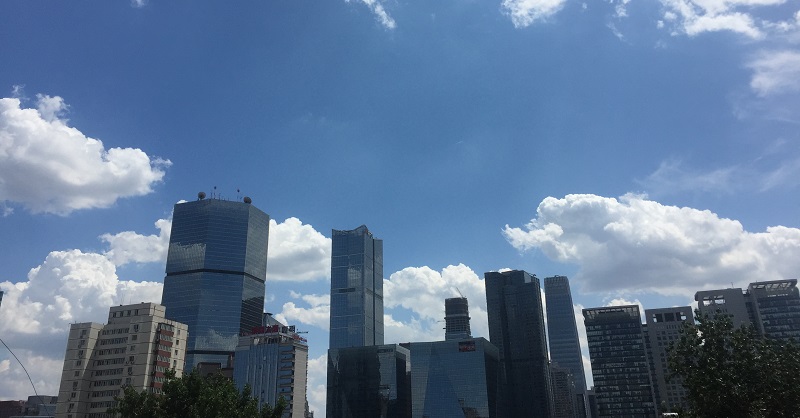
By the way, today is a glorious day and we hate to rain on your parade, so go out there and suck the marrow out of life before it smogs over again. Also, bargain-hunters may want to check out the used air filters that expats are dumping on our classifieds before departing to bluer skies – there's no better time to bargain than on a crystal-clear day when said expat is boarding a plane tomorrow, never to return.
Images: Michael Wester

